So you want to run a successful kickstarter project?
Independent comic book creators and artist are finding an wonderful new funding platform for their projects these days. Kickstarter was the first really successful crowd funding platform to go main stream. It’s an incredible tool, especially in an industry that looks down on indy creators.
As many of you know, I myself have funded two very successful kickstarter projects. I am in the process of preparing a third. I hope that I can pass on some advice to help other creators, find success in their projects as well. I’ll be honest it is a great funding tool for art projects, yet it can also be quite stressful and frustrating. Especially if you miss your goal.
The key element about kickstarter is really based on trust. Trust that the creator will finish the project and make good on his rewards. So let’s get into it.
What is kickstarter?
Kickstarter in a nut shell is a crowd funding platform for creators. It is an all or nothing deal. You set a financial goal to work towards with a tangible reward of your creation and people, pledge money to one support you and two to receive the product you created in some form. If your product overfunds you get to keep the money that comes in to help improve and better the product. If your goal does not fund, then you get nothing and you have an opportunity to re-evaluate if it is worth continuing. It’s a fantastic program.
So how do you make it work for you?
Well first you need a project. Since I am dealing with graphic novels and comics, I am really focusing on that aspect. I find that it is best to talk about what I know about, so if you want to do a movie project I would recommend looking at movie kickstarter projects that were successful and follow them. Some of the same applications are the same but in the end each product is unique.
Once you figure out your project – how much do you need to fund it?
This is important. Don’t look at kickstarter as way to pay all your bills. It is to fund your project. So make the goal reasonable. Also figure out the following
- Design- Are you having outside help- this isn’t always cheap. Since I do all the art and stories myself, I only have to rely and pay me. (helps keep the cost down.)
- Production cost- printing and shipping to you. This will be the bulk of the cost
- Shipping and packaging – A lot of people don’t realize this and forget to add this in. Shipping for our first project ran up to $1400 dollars. So you should ad this in. International shipping is really expensive. You will need to decide if you want to add more or not. (I chose not to)
- Swag- Any swag you offer in your reward tiers. If you are offering t-shirts etc… you still have production costs added to your goal. This can get expensive as well. I kept my rewards tied to the book.
- Fees– There are fees to kickstarter and amazon bank (which you have to use). 10% of your pledges received will go to cover kickstarters operating costs and amazon charges. Be prepared for that.
So you have your costs set up and you set up your goal and accounts. You then create the reward structure. This allows people to pledge what they feel comfortable with. Not everyone can pledge $50 but a lot will pledge $10, $15, or $25. May those rewards enticing as well. Don’t get greedy. People are there to support you. Not because you deserve it, but because they want to see you succeed, plain and simple.
I offered at the lowest level a book with a free sketch (we did 350 in the first run) as well as their name printed in the back of the book. The higher the pledge, the more the reward was. (it is worth it). Make it fun for them.
A movie? Crud I have to make a movie?
That was my biggest hangup- I really struggled with that. Your movie is important, yet it does not have to be a huge production. I did mine with stills, music and i-movie. Very ken-burnsish. It is very simplistic. I would though recommend that you have some important information in it, and be direct. Do not beat around the bush. The more you are confident in your project the more people will be confident in it as well.
- Introduction to the project- what your goal is.
- What your costs are. Be honest here. Book production is usually not $50,000 – especially for a b/w print un of 2000 copies. The more upfront, the bett er the results.
- Showcase your art and stuff.
- What are you doing to contribute. I put in $1500 of my own cash. It shows I am just as committed to my project as those that pledge to it.
- What reward system is. Let them know what they get.
- Explain a little what kickstarter is about. (this could go in #1 as well) and remember to THANK THEM AND KICKSTARTER. It is not about you and how you deserve it, it’s about other contributing to help you make your dream possible. Then close it up.
So you all ready to go and you just launched it… what next?
Well this is the most important you have to promote it. So to those introverted creators you need to open up and learn how to approach others. You need to learn how to sell yourself. It’s hard I know, but it is a crucial element. So what brings people in? Honestly, I knew only 30% of those that backed my 1rst kickstarter. So how does the other 70% get there?
- Build an audience first. Bean is a free webcomic. I work on building the fanbase all the time. I do cons, pod-casts and blogs. Fanbases take time though, you need to be patient. I waited almost 2 years after “Bean” launched before I even considered doing kickstarter. Plus your fans of you comics will spread the news. If they like what they have seen and trust your work ethic, they will support it.
- Social media- you facebook and twit haters out there, do not understand the power and influence, these sites hold. They are incredible tools. Yet the only way social media works- on any site, I include deviantart, tumblr, etc, is that you have to engage there. Talk, promote and encourage. Do not just push your project there, that gets old, but push it in between posts, comments and updates. Show your e nthusiasm, and people will start encouraging others to support your work as well and pass it on. You don’t have to live there, but you do need to spend some quality time there.
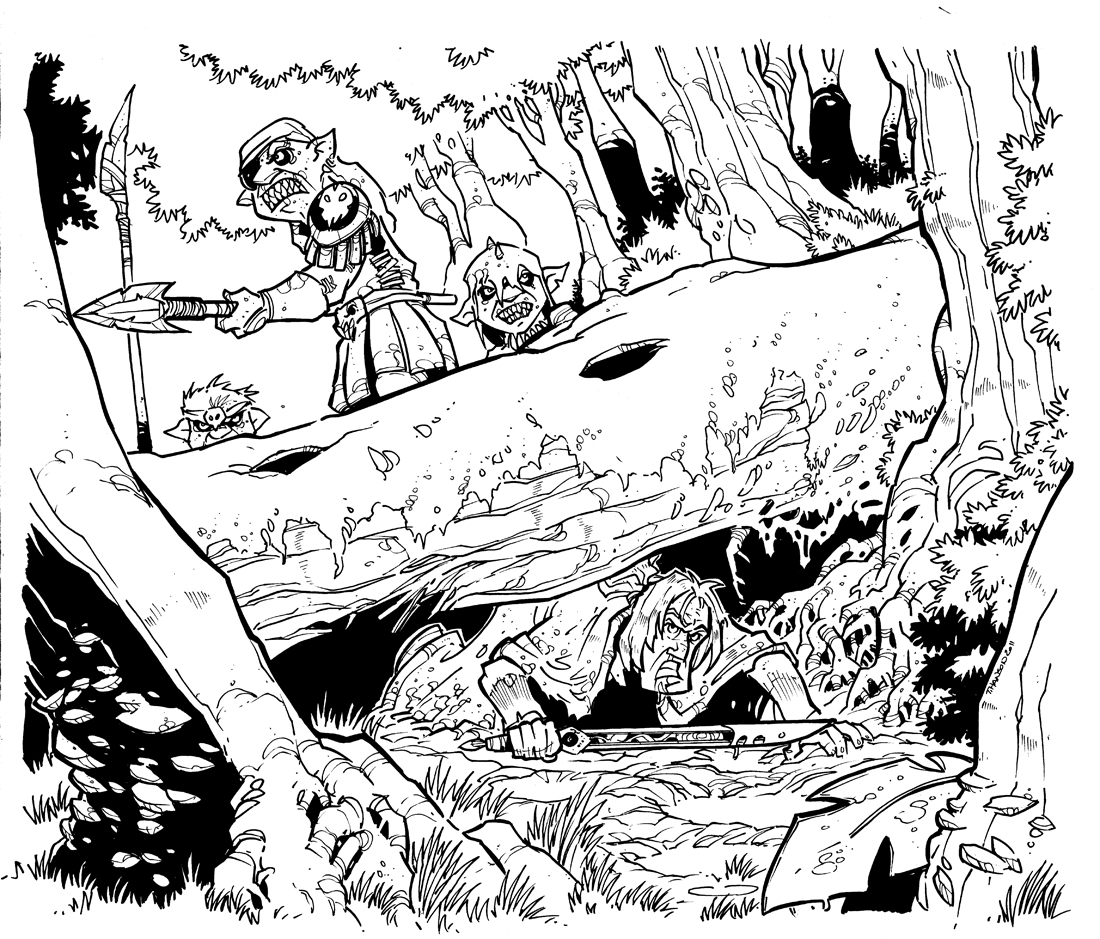
- Post updates constantly – show different stages of artwork and story development. People love feeling apart of your work- Continue to update after it funds as well. People hate silence. Also let them know sta tus for rewards, etc. Communication between artist and backer is crucial in making this work.
- Have a lot of the work done before hand. Before I started my kickstarter projects I h a d all the inside artwork done. Projects that almost finished fund, ideas in development stages – struggle. I would recommend having between 60-80% of your work already ready. I usually leave edits and covers to be done during the pledge drive.
- Support and give love to other kickstarter projects. It’s time to get out of the “just me” attitude. As you give love to other projects, people in return give love to yours. Share what you like about others, push other projects as well. Remember the goal of kickstarter is to succeed and the best way to do that is to help other succeed.
- Don’t give up. Stay positive. Keep talking about it. Once again I cannot stress how important it is to share your dream and open your mouth. Shyness does work here.
- Last but not least make a realistic time schedule. Remember – you get the most pledges at the beginning and the end. The middle is a lull. The longer the funding window, the more people forget you are there. Urgency works as well as patience. (hence the importance of #1).
Parting advice for now.
Since I have all but talked your ear off and we could go on and on- which I wont. Though I will answer any questions below and might do some follow up – I will leave you with some personal advice.
Its all about trust, how prepared you are before you start, your attitude and opening your mouth a bit. Follow through with what you say and do your homework. Watch the videos of successful projects. Read their updates, read what worked and what did not. Look at how long some of them have been around before they started their projects and even send them notes. You might be surprised, some of them will actually respond. The key is figure it out before you jump into it.
Keep creating, keep dreaming and be grateful that there are now funding groups for independent creators –
trav-

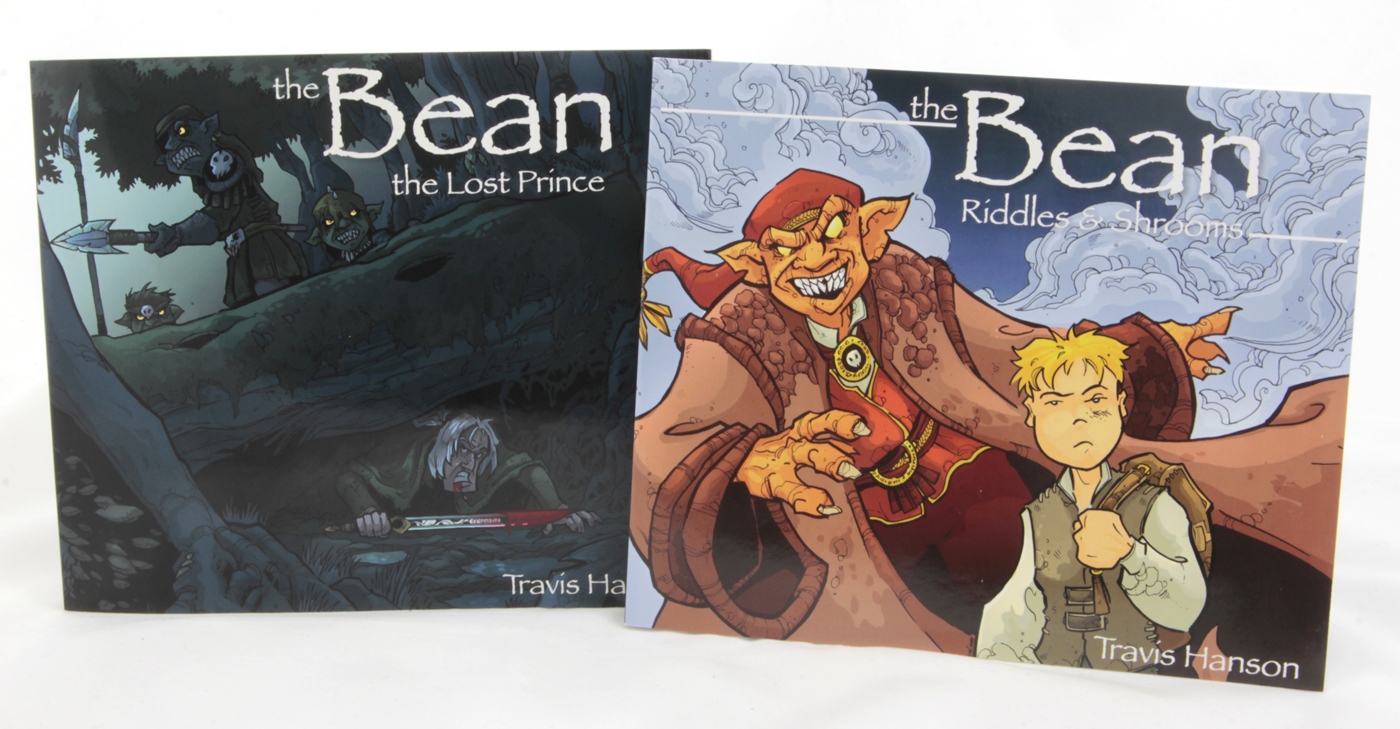

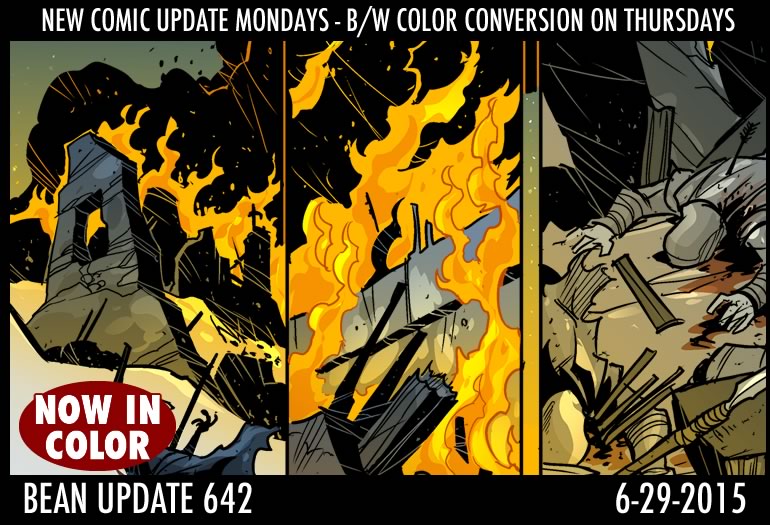
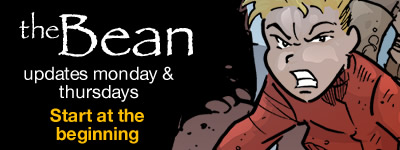


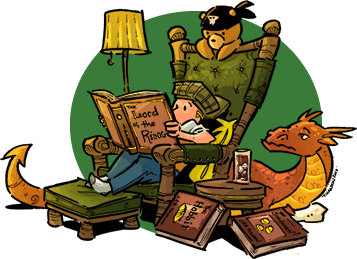


I can't say enough good things about the atmospherics of your art. It's so immersive!
Sven Böttcher
the young Hero find “the sword” and must proof himself against a huge Monster. Hmm.. with the last Page i hear the “Bossfight Theme” from Secret of Mana.
Rumblefeather
Bob!!!! Oh goddess!!!!! What have they done to you?!